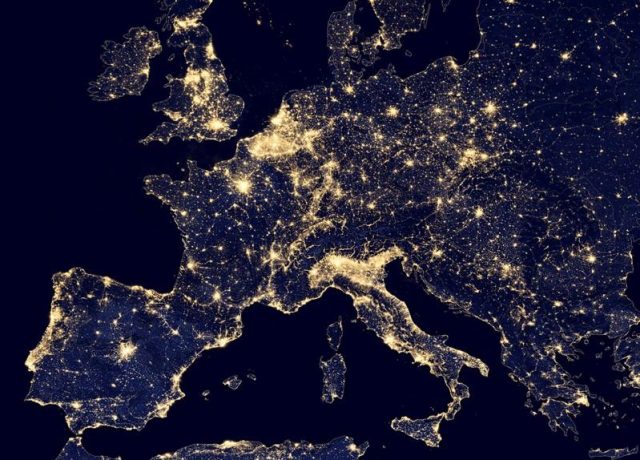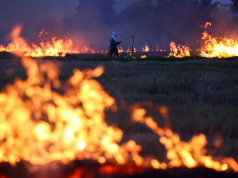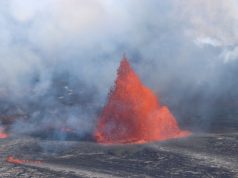
WASHINGTON — The world is getting brighter, but scientists say that may not be a good thing.
Researchers said on Wednesday satellite data showed that Earth’s artificially lit outdoor surface at night grew by about 2 percent annually in brightness and area from 2012 to 2016, underscoring concerns about the ecological effects of light pollution on people and animals.
The rate of growth observed in developing countries was much faster than in already brightly lit rich countries.
The researchers said the U.S. National Oceanic and Atmospheric Administration weather satellite data may understate the situation because its sensor cannot detect some of the LED lighting that is becoming more widespread, specifically blue light.
“Earth’s night is getting brighter. And I actually didn’t expect it to be so uniformly true that so many countries would be getting brighter,” said physicist Christopher Kyba of the GFZ German Research Center for Geosciences, who led the research published in the journal Science Advances.
With few exceptions, growth in nighttime light was observed throughout South America, Africa and Asia. Light remained stable in only a few countries. These included some of the world’s brightest such as Italy, Netherlands, Spain and the United States, although the researchers said the satellite sensor’s “blindness” to some LED light may mask an actual increase.
Australia’s lit area decreased due to wildfires. Nighttime light declined in war-hit Syrian and Yemen.
Ecologist Franz Hölker of Germany’s Leibniz-Institute for Freshwater Ecology and Inland Fisheries (IGB) said light pollution has ecological consequences, with natural light cycles disrupted by artificial light introduced into the nighttime environment. Increased sky glow can affect human sleep, he noted.
“In addition to threatening 30 percent of vertebrates that are nocturnal and over 60 percent of invertebrates that are nocturnal, artificial light also affects plants and microorganisms,” Hölker said.
“It threatens biodiversity through changed night habits, such as reproduction or migration patterns, of many different species: insects, amphibians, fish, birds, bats and other animals.”
Kyba said nighttime lighting also obscures the stars that people have witnessed for millennia.
Experts had hoped the growing use of highly efficient LED lighting might lessen energy usage worldwide. The new findings indicate use of artificial lighting instead is growing, increasing energy demand.
“While we know that LEDs save energy in specific projects, for example when a city transitions all of its street lighting from sodium lamps to LED, when we look at our data and we look at the national and the global level, it indicates that these savings are being offset by either new or brighter lights in other places,” Kyba said.









